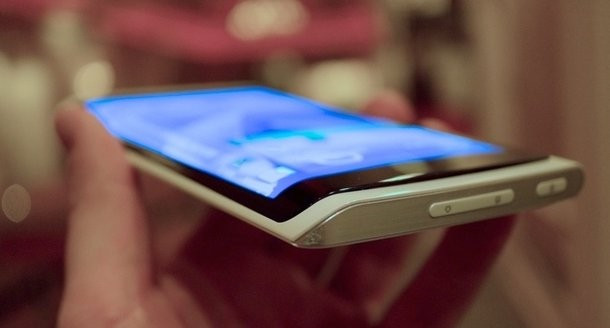Samsung accounts for 95% of smartphone OLED display shipments in Q1 2016

As more and more smartphone manufacturers opt for organic light-emitting diode (OLED) displays compared to traditional LED and LCD displays, South Korean giant Samsung has taken the lead in providing these displays accounting for 95% of the total shipments in the first quarter (Q1) of 2016. In the company's own capacity, shipments of these panels have doubled over the past year, as global smartphone manufacturers especially those in China are increasingly adopting OLED displays.
"Total global OLED shipments surged to 91.3 million units, with Samsung making up a whopping 95% of this number," states UBI Research.
OLED panels have become a preferred choice among smartphone manufacturers the light-emitting layers of an OLED are lighter, easier to produce, can be made in larger sizes and do not require backlighting. Apart from that, the substrate of an OLED can be flexible instead of rigid, which makes it ideal for curved displays and even bendable ones – like the one Samsung is rumoured to unveil in 2017.
The demand for the OLED displays can be witnessed from the fact that close to 17 OLED smartphones have already been released by major smartphone manufacturers in the first quarter of 2016 compared to just five in 2015. Taking advantage of the demand, Samsung, who is already leading the market, is looking to ramp up its OLED production by increasing its A3 plant production from 15,000 units per month to 105,000 units per month by the year end.
The OLED market is dominated by Samsung, while LG being its closest rival is also ramping up its OLED smartphone panel production. Recently, it was reported that Xiaomi may source its OLED panels from LG and not Samsung. The South Korean company on the other hand already has players like Huawei and Lenovo under its belt and is reported to be supplying close to 100 million panels to Apple for the iPhone 7 and iPhone 8 next year.
© Copyright IBTimes 2025. All rights reserved.





















